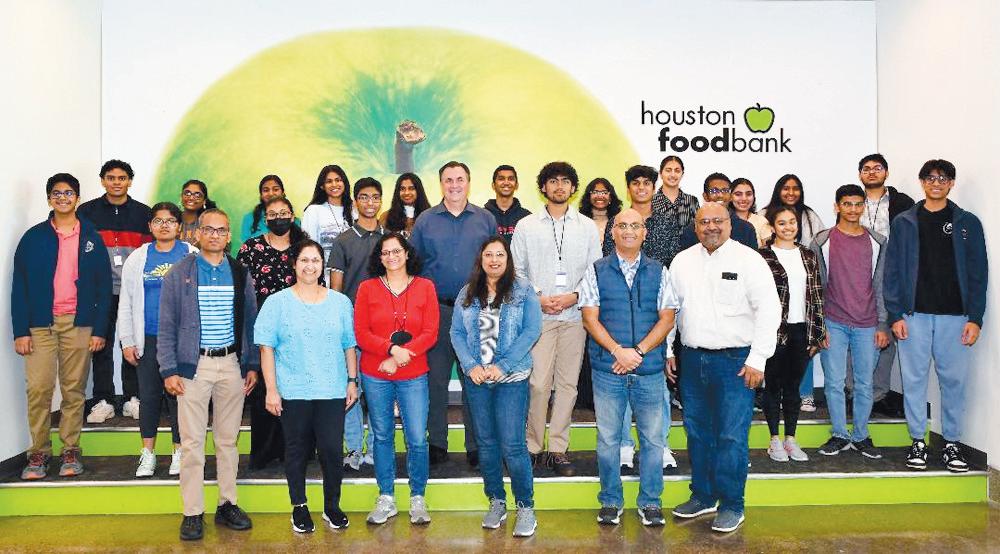
1 minute read
What Does Leadership Mean to Me?
by AdeebA moHAmmed
Houston: In Latin, there’s a phrase that encompasses nature, literature, and human preference: omne trium perfectum. In English, this translates to ‘everything that comes in threes is perfect.’ There are three types of stable particles, three little pigs, and three tenets to leadership. The tiers of leadership involve the leader, the team, and the people meant to be served. Leadership begins with oneself. As Kara Branch, Founder and CEO of Black Girls Do Engineer states, leadership styles vary greatly, from autocratic, democratic, laissez-faire, and transformational leadership styles. However, differing leading styles don’t negate the fact that there must be a blend of characteristics to make a leader. Judge Ravi K. Sandill claims that leaders are people who are hard-working, engaging, and with the ability of being able to forge relationships. Regardless of which leadership style a person yields, these are the traits that help them be a leader.
However, leadership isn’t about one person, as leadership involves the leader and the team they engage with. This is where leadership style plays an important role—as Harvard Business Review (HBR) mentions, certain methods of interaction between the leader and the group have certain weaknesses. For example, the Individualist leader benefits because they are effective through the use of unconventional methods. However, this results in irritation amongst colleagues due to key processes being ignored.
The ideal leader understands how to operate in a way that generates change but maintains an environment of cooperation.
Finally, a leader must be committed to their ultimate cause and the people they seek to benefit.
Judge Sandill says that leaders must do their best to make life easy for more people. Similarly,
Brian Greene, the President & CEO of the Houston Food Bank, says that leaders must hold themselves accountable to their goals and the people they seek to help. If a leader has nowhere to put their efforts, no purpose to fulfill or people to serve, the skills they build up become useless. Good things come in threes, and when describing his own views on the central aspects of leadership, Brian Greene names three things: vision, empowerment, and customer service. A vision guides the self and allows for a comprehensible objective, which clears the way for the empowerment of the team, finally leading to the satisfaction of the people being served. No matter which angle it’s approached from, leadership can be broken down into commitment to the self, the team, and the end goal.









